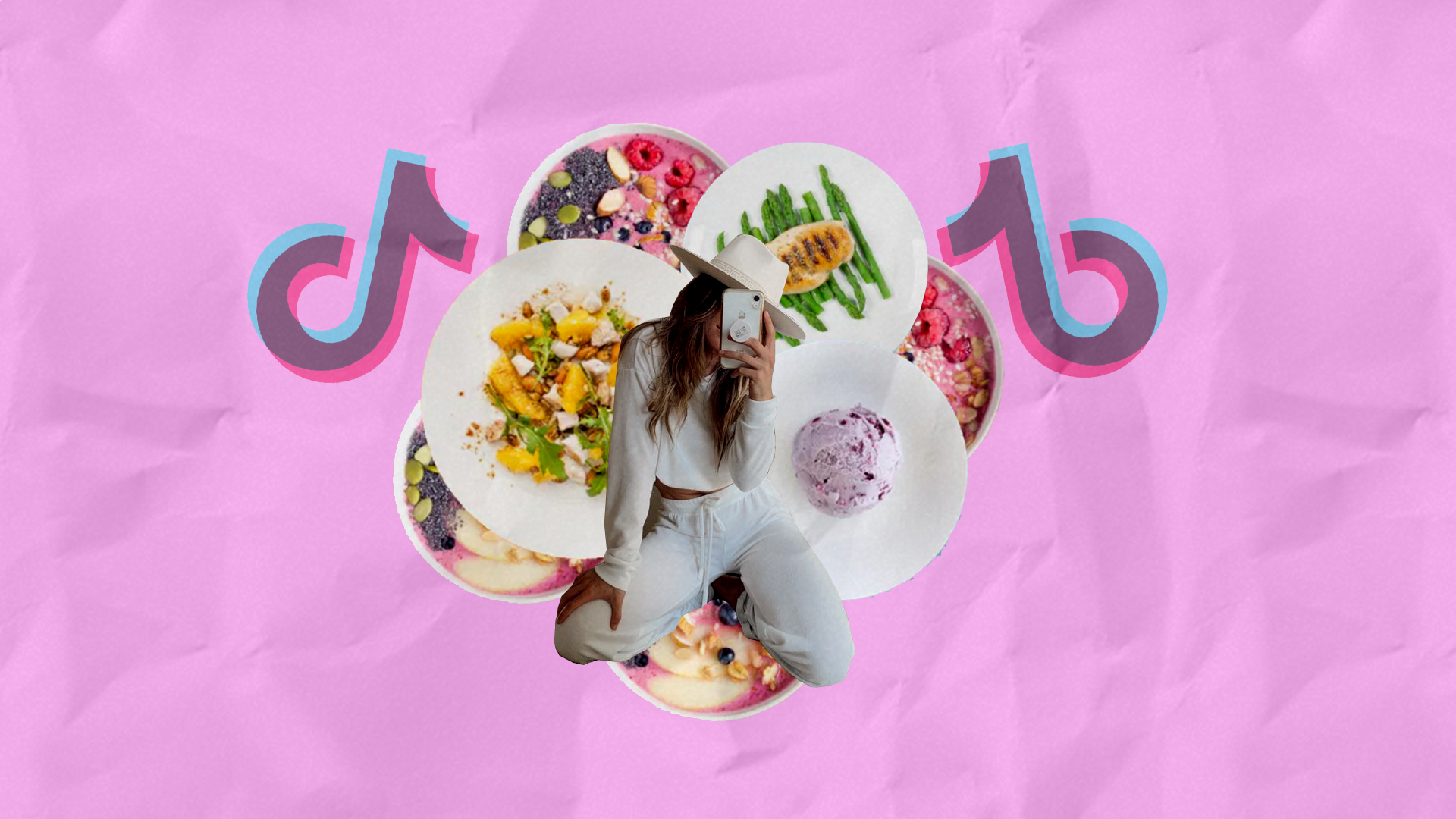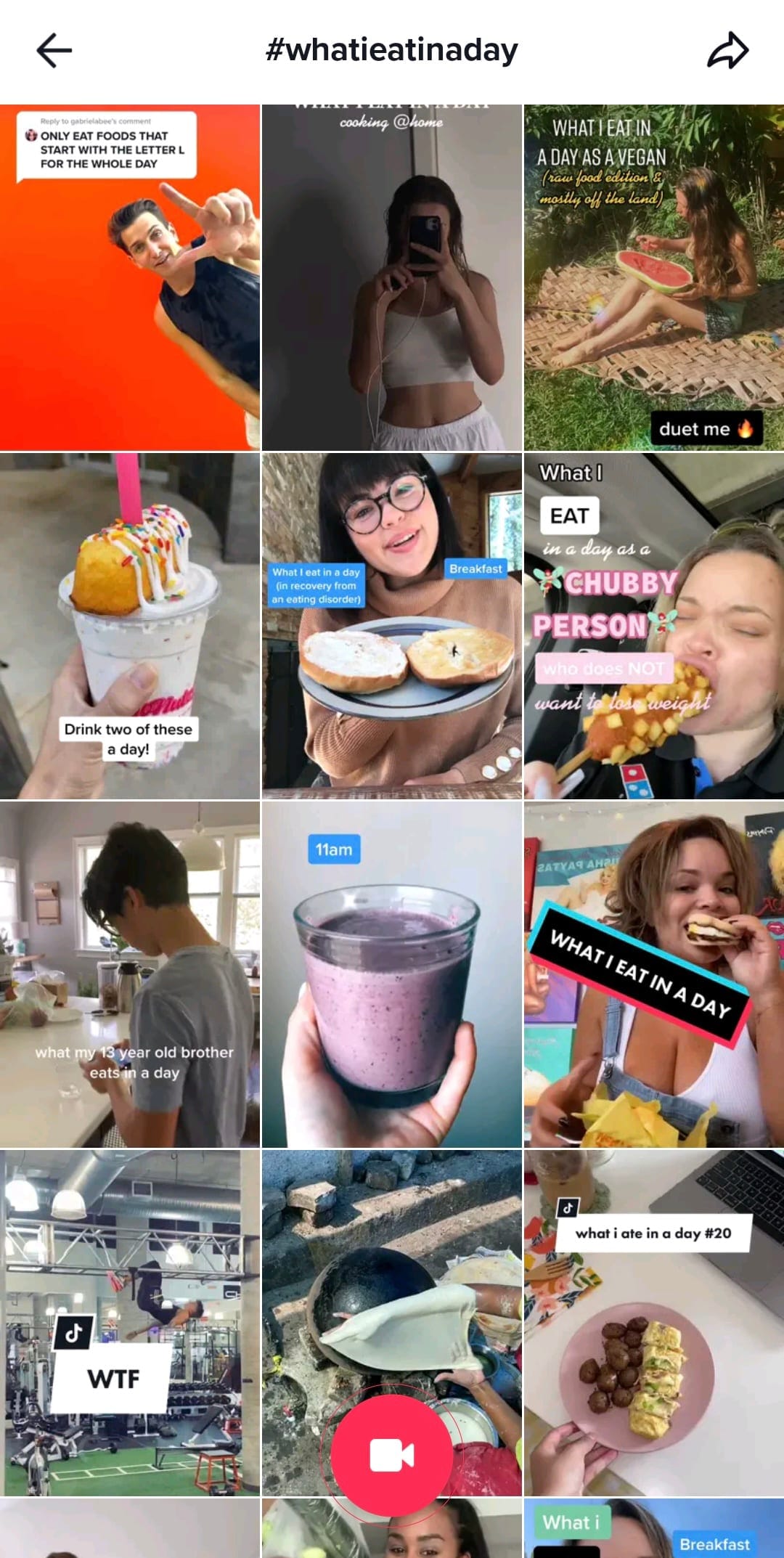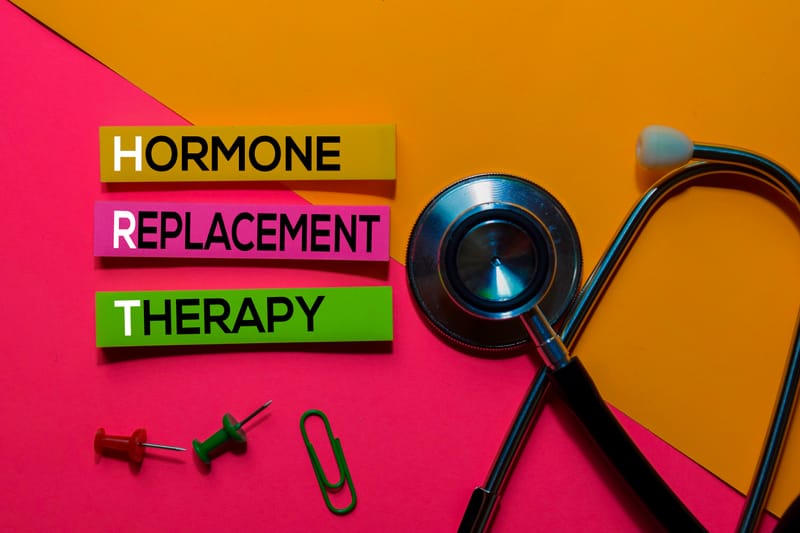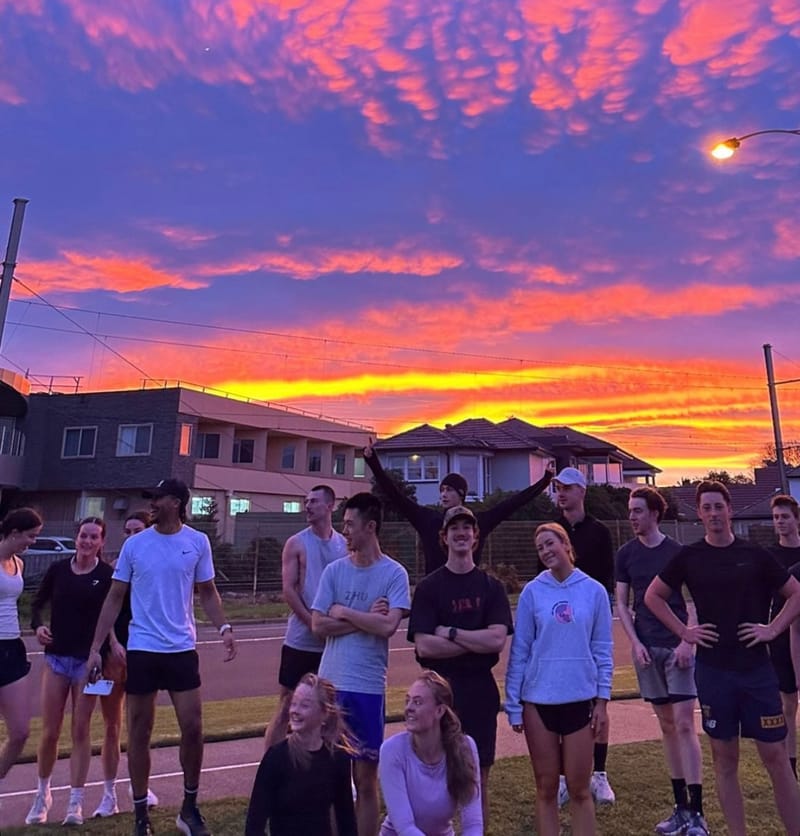TikTok serving up negative relationships with food
TikTok's "What I Eat in a Day" trend has been blasted for promoting unhealthy relationships with food to impressionable users.

BY MARLA SOMMER
A joint investigation by the ABC’s Four Corners and Hack highlights how TikTok’s algorithm promotes the popular and problematic ‘What I eat in a day’ trend.
The trend involves short, aesthetic clips showing various foods people consume throughout the day.
#WhatIEatInADay has been viewed more than seven billion times on TikTok.
Adelaide based dietitian Amanda Maiorano said these posts are problematic and promote an unhealthy societal comparison.
“Not only can these posts be misleading and deceptive, but can set unrealistic standards of what a ‘healthy’ diet actually is,” she said.

In 2017, the National Eating Disorders Collaboration found nearly half of Australian women and one-third of Australian men were dissatisfied with their bodies.
Ms Maiorano said these posts have hidden effects younger users are unaware of.
“People within the age range of 15 to early 20s, if they don’t know that these low-calorie posts are triggering to them then they won’t click ‘not interested’.”
“I think that’s where the disordered eating thoughts creep in because it’s so insidious,” she said.

However, Ms Maiorano said there were broader issues at play.
“The whole umbrella is society not accepting people that don’t fit into the stereotypical beauty ideal and then TikTok is the thing that teaches people how to try and fit into that,” she said.
Ms Maiorano said beauty standards are so engrained that “if we are not constantly working to better ourselves through dieting or exercise then we’re not worthy”.
In a statement provided to Four Corners, TikTok said content promoting harmful practices is banned and when searching for these sorts of trends, users are redirected to helplines.
Nutrition student Wendy Marriott said banning harmful content on TikTok is not as simple as it sounds.
“A lot of the harmful content like 'what I eat in a day' clips come from uneducated people who genuinely think they are providing good advice,” she said.
“It would be great if TikTok and other social media apps could have some kind of verification tick to show the person's level of credibility in a field.
“It may help followers make a better-formed opinion of the creator instead of taking their content as gospel.”

Ms Marriott said if change is to happen, we as users must also be aware of the content we engage with.
“Followers need to think critically about the content they are viewing and pose questions like ‘will my body thrive on this suggested meal, will it provide me with enough energy for my daily activities and personal circumstances’,” she said.
TikTok is now actively banning hashtags and videos promoting negative relationships with food, but it is increasingly challenging for TikTok to keep up with new and ever-changing content.
If you or a loved one need help with eating problems, please visit Butterfly Foundation.





